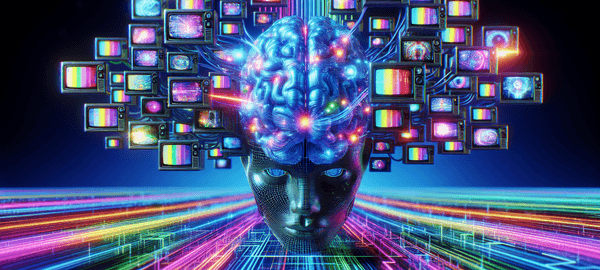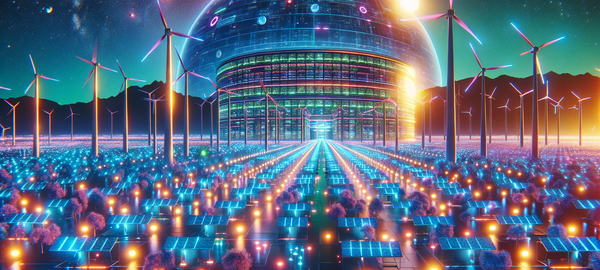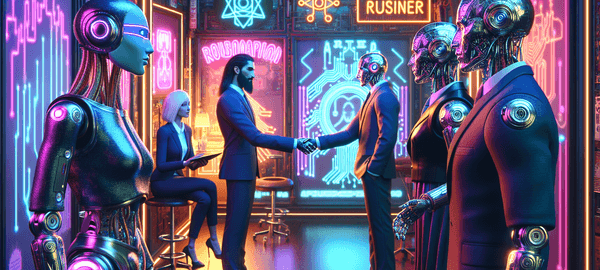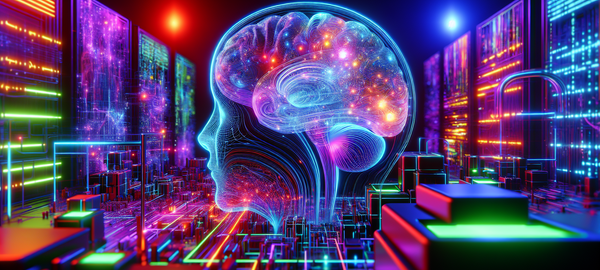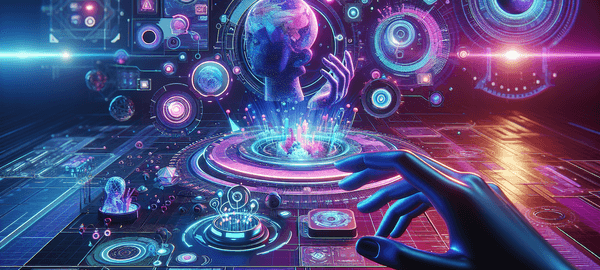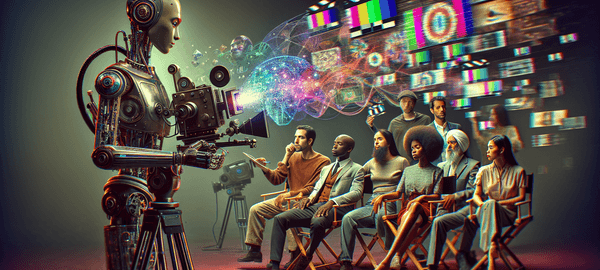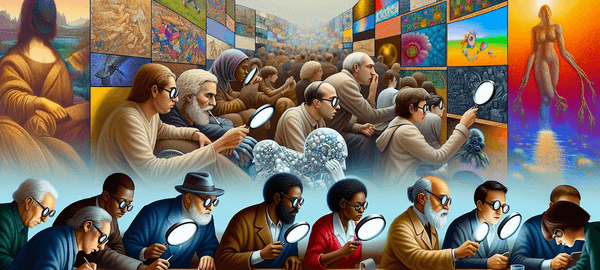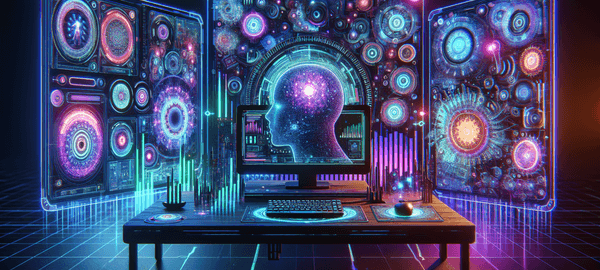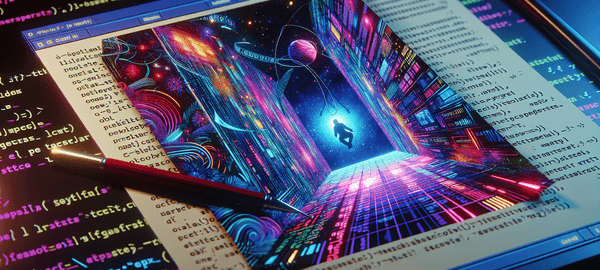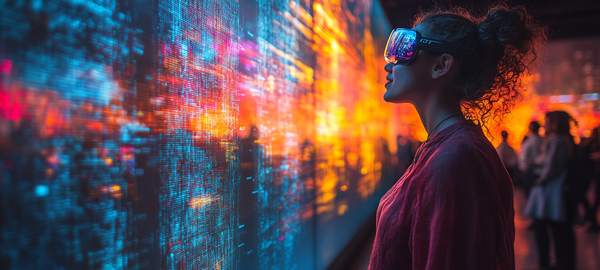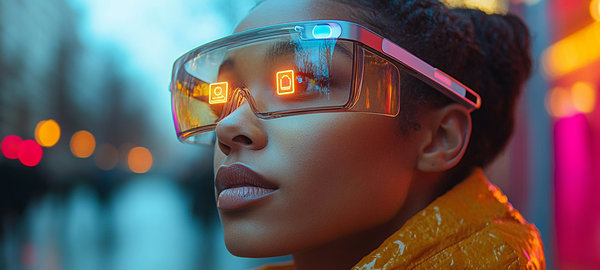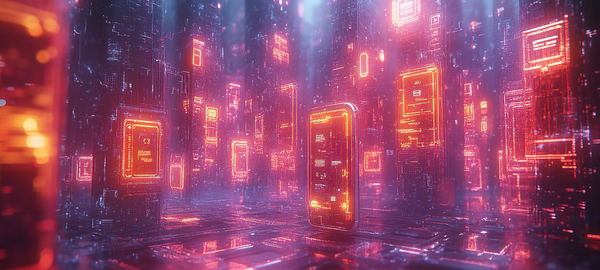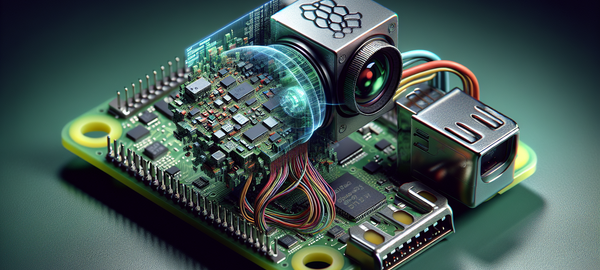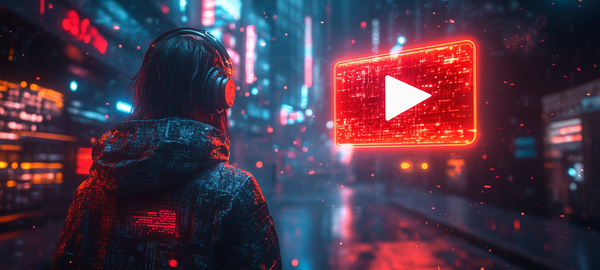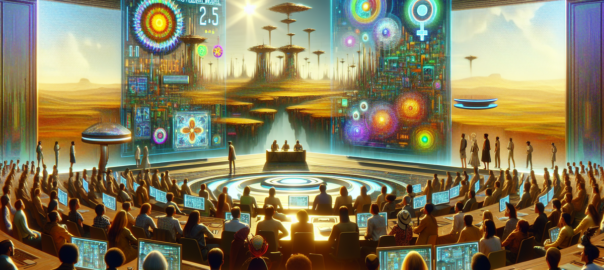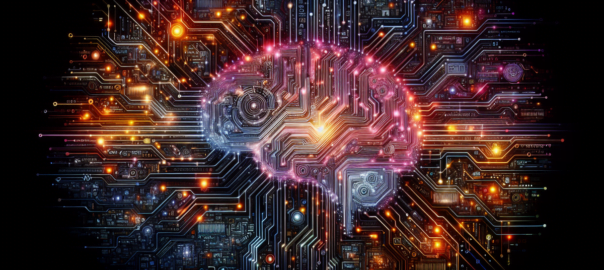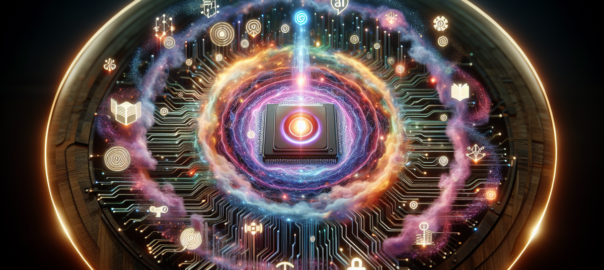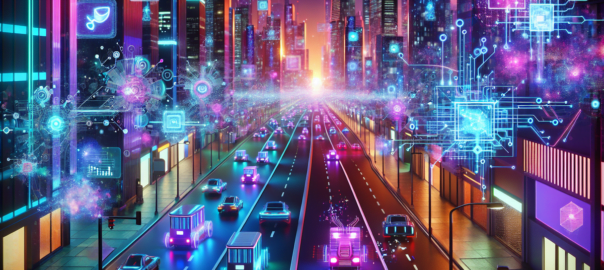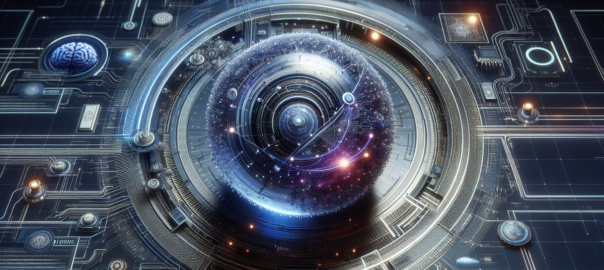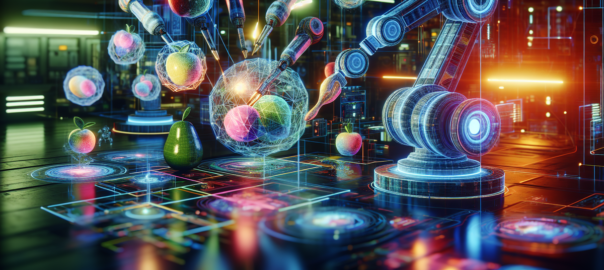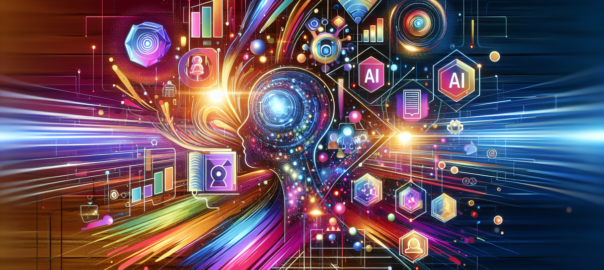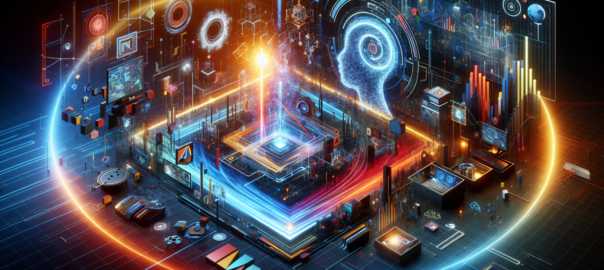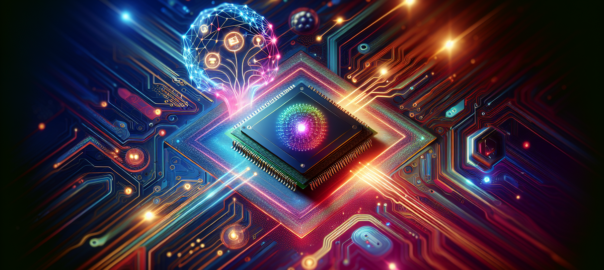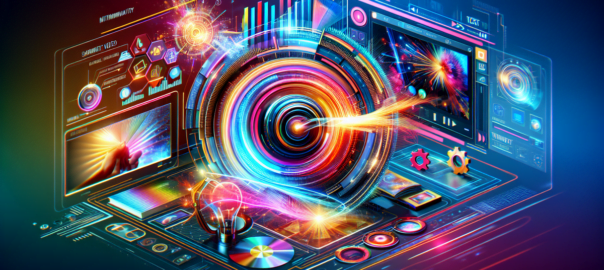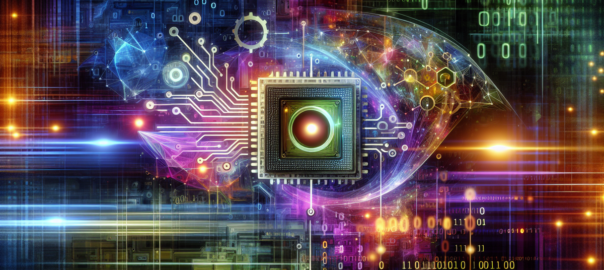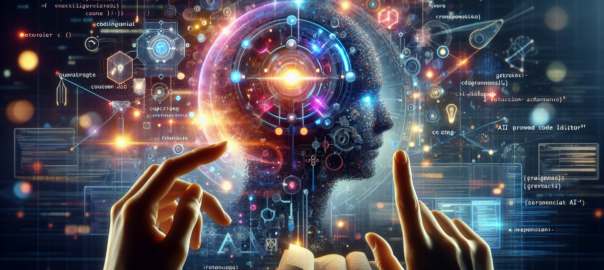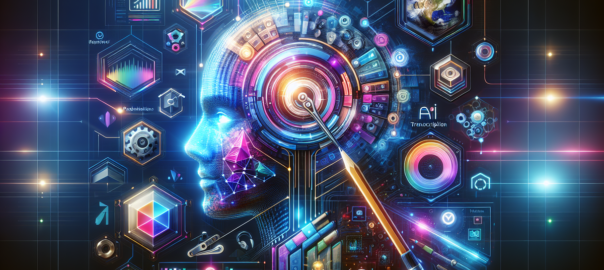Brace yourselves: artificial intelligence is redefining video creation, and Mochi 1 leads the charge.
The AI landscape is evolving at breakneck speed, and video generation is the latest frontier to be conquered. Genmo’s groundbreaking Mochi 1 model is set to revolutionize how we create and interact with visual content. This open-source powerhouse promises to democratize video AI, much like we’ve seen with language models in recent months. The implications for creators, businesses, and everyday users are staggering.
As a musician and performer, I’ve always been fascinated by the interplay between audio and visual elements. I remember spending countless hours syncing my compositions to video, frame by painstaking frame. The thought of AI generating high-quality videos from text prompts feels like science fiction come to life. It’s both exhilarating and slightly unnerving – will my next music video be created by artificial intelligence?
Mochi 1: The Open-Source Video AI Game-Changer
Genmo has unleashed Mochi 1, an open-source video generation model that’s set to rival proprietary giants. With 10 billion parameters, it’s the largest of its kind, offering free access to cutting-edge capabilities. The current 480p version excels in photorealistic styles, with plans for a 720p upgrade later this year.
Mochi 1’s Asymmetric Diffusion Transformer architecture focuses on visual reasoning, dedicating four times the parameters to video processing compared to text. This efficiency allows for reduced memory requirements, making it more accessible to developers and researchers alike.
While Genmo remains tight-lipped about specific training data, they emphasize the importance of diverse datasets. The model’s ability to follow detailed user instructions allows for precise control over characters, settings, and actions in generated videos.
AI Video Personalization: Revolutionizing Artificial Intelligence Marketing
Imagine a platform that leverages Mochi 1’s capabilities to create personalized video advertisements at scale. This service would allow businesses to input customer data and campaign goals, then automatically generate thousands of tailored video ads. Each ad would be uniquely crafted to resonate with individual viewer demographics, interests, and browsing history. The platform could integrate with major ad networks, offering real-time optimization based on performance metrics. Revenue would come from a subscription model with tiered pricing based on video volume and customization level, plus a percentage of ad spend for campaigns run through the platform.
Shaping the Future of Visual Storytelling
As we stand on the brink of this video AI revolution, the possibilities seem endless. Imagine a world where anyone with a creative vision can bring it to life, regardless of technical skill or resources. But with great power comes great responsibility. How will we navigate the ethical implications of AI-generated content? Will it democratize creativity or flood the market with synthetic media? The future of visual storytelling is in our hands – what story will you tell with AI as your co-creator?
FAQ: Understanding Mochi 1 and Video AI
Q: What sets Mochi 1 apart from other video AI models?
A: Mochi 1 is open-source, has 10 billion parameters, and focuses on visual reasoning with 4x more parameters for video processing than text.
Q: Can Mochi 1 generate high-resolution videos?
A: Currently, Mochi 1 supports 480p resolution, with plans to release a 720p version (Mochi 1 HD) later this year.
Q: How accessible is Mochi 1 for developers?
A: Mochi 1 is highly accessible, with model weights available on HuggingFace and integration possible via API, reducing memory requirements for end-users.
